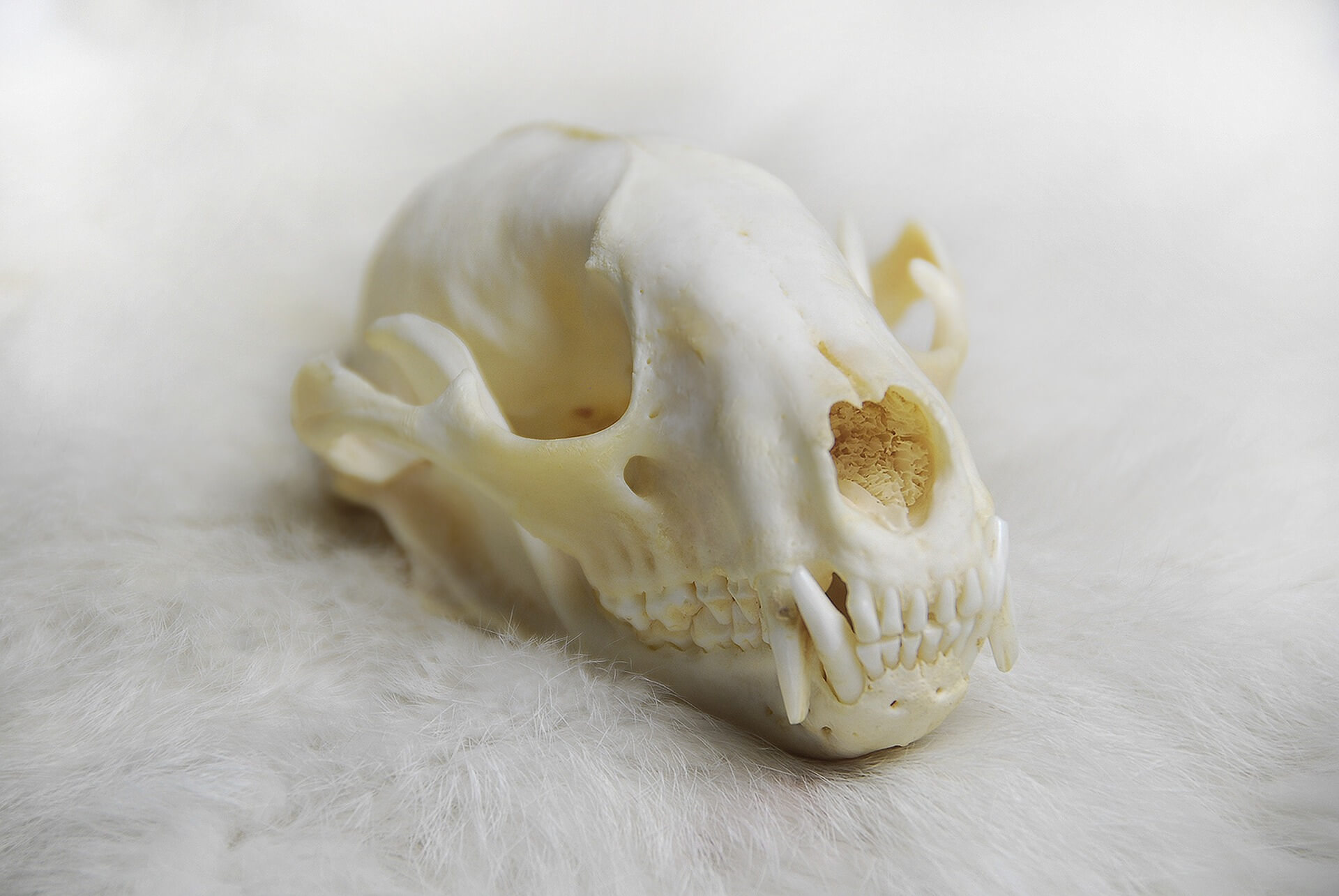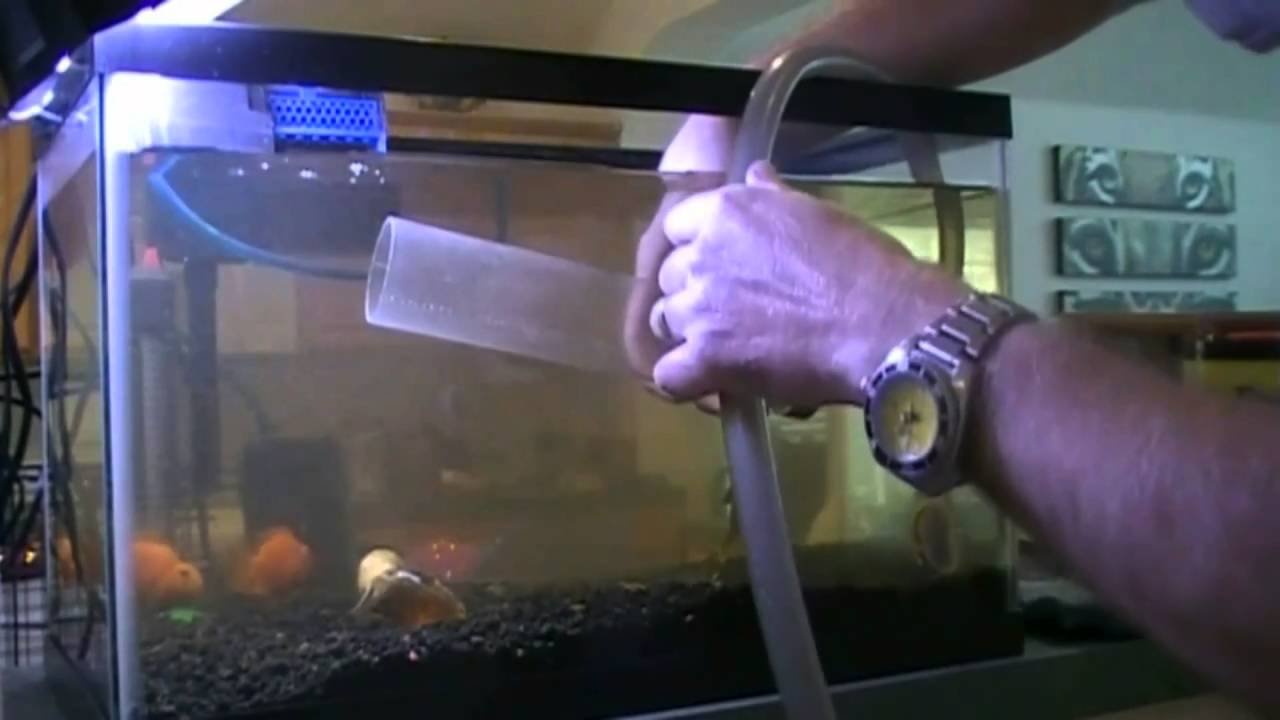Table of Contents
Cleaning animal skulls can be a fascinating and rewarding process. It requires patience and care to preserve the skull’s natural beauty.
Animal skulls can be used for various purposes, from educational displays to artistic projects. But cleaning them properly is crucial to maintain their integrity and appearance. Whether you found an old skull in the wild or obtained one for study, knowing the right techniques is important.
This guide will walk you through the steps to clean animal skulls safely and effectively. By following these methods, you can ensure that the skull is preserved in the best possible condition, ready for display or further use. Let’s dive into the process and learn how to clean animal skulls with ease.
Introduction To Skull Cleaning
Cleaning animal skulls involves careful steps to preserve their structure. Simple methods include boiling, dermestid beetles, and using hydrogen peroxide. Proper cleaning enhances their appearance for display or study.
Cleaning animal skulls is an ancient practice. It is both art and science. The process requires patience and skill. Proper skull cleaning ensures the skull remains intact and free of damage. It also preserves the natural beauty and structure of the skull.
Importance Of Proper Techniques
Using the right techniques is crucial. Improper methods can result in broken bones. They can also cause discoloration. Here are some reasons why proper techniques matter:
- Maintains the skull’s integrity
- Prevents unpleasant odors
- Ensures a clean, attractive appearance
There are several methods to clean skulls. The most common include:
- Boiling
- Cold water maceration
- Using dermestid beetles
Each method has its pros and cons. Choose the method that best suits your needs and resources.
Common Uses For Cleaned Skulls
Cleaned skulls have many uses. They are popular in various fields. Here are some common uses:
| Field | Use |
|---|---|
| Education | Teaching anatomy |
| Art | Creating unique pieces |
| Science | Studying species |
| Decor | Home and office decoration |
Educational institutions use skulls to teach students. They help illustrate bone structure and species differences. Artists often use skulls as a canvas. They create unique and beautiful pieces. Scientists study skulls to understand different species. They also use them in research. Many people use skulls as decor. They add a unique touch to homes and offices.
Properly cleaned skulls last longer. They retain their natural beauty. Using the right techniques and understanding their uses will help you achieve the best results.
“`

Gathering Necessary Supplies
Cleaning animal skulls requires the right tools and materials. Proper supplies ensure a safe and effective cleaning process. In this section, we will guide you through the essential tools, materials, and safety gear needed.
Essential Tools And Materials
To start, gather the following essential tools and materials:
- Skull: The animal skull you plan to clean.
- Plastic containers: For soaking and cleaning.
- Water: Clean, preferably distilled water.
- Dish soap: Mild dish soap for initial cleaning.
- Hydrogen peroxide: For whitening the skull.
- Bleach: Use carefully, as it can damage the bone.
- Brushes: Various sizes for scrubbing.
- Knife or scalpel: For removing flesh and tissue.
- Gloves: Protect your hands while cleaning.
Safety Gear And Precautions
Safety is crucial when cleaning animal skulls. Ensure you have the following safety gear:
- Gloves: Wear nitrile or rubber gloves.
- Goggles: Protect your eyes from splashes.
- Mask: Use a mask to avoid inhaling dust or chemicals.
- Apron: Wear an apron to protect your clothes.
Follow these precautions for a safe process:
- Work in a ventilated area: Ensure proper ventilation.
- Handle chemicals carefully: Follow instructions on labels.
- Dispose of waste properly: Follow local regulations.
- Keep tools clean: Clean and disinfect tools after use.
With the right supplies and safety gear, you’re ready to clean animal skulls effectively and safely.
Initial Preparation Steps
Dermestid beetles are excellent for cleaning animal skulls. These small insects love to eat flesh, making them perfect for this job. Their ability to clean bones without damaging them is exceptional. Here’s how to make the most of them.
Beetle Colony Care
To keep your beetle colony healthy, follow these steps:
- Provide a warm environment, around 70-80°F (21-27°C).
- Keep humidity levels low to prevent mold.
- Feed them regularly with small pieces of meat.
- Clean their habitat often to remove waste.
- Ensure proper ventilation to avoid foul odors.
A well-cared-for beetle colony works efficiently. They stay active and productive. Proper care is crucial.
Cleaning Efficiency
Dermestid beetles are very efficient at cleaning. They can clean a small skull in a few days. Larger skulls may take a week or more. Here’s a basic timeline:
| Skull Size | Time to Clean |
|---|---|
| Small (e.g., rabbit) | 2-3 days |
| Medium (e.g., coyote) | 4-7 days |
| Large (e.g., deer) | 1-2 weeks |
The beetles can reach into tiny crevices. This ensures a thorough cleaning. They leave bones intact and free of tissue.
Boiling And Simmering Methods
Boiling and simmering methods are effective for cleaning animal skulls. Boil the skull to remove flesh. Simmer gently to avoid bone damage.
Effective Solutions
When degreasing the skull, consider using effective solutions that are safe for the environment and your health.
Duration And Frequency
Ensure you know the appropriate duration and frequency for degreasing to achieve the best results without damaging the skull.
Maceration Process
Once you have cleaned your animal skull, the next step involves the finishing touches. These steps ensure your skull looks perfect and is well-preserved for years. Let’s delve into the final steps of sealing, protecting, and repairing any damage.
Sealing And Protecting
Sealing the skull is crucial. It prevents damage from moisture and dirt. Use a clear sealant spray for the best results. A matte or glossy finish can be chosen based on your preference. Ensure the skull is completely dry before applying the sealant. Hold the spray can about 12 inches from the skull. Apply a light, even coat. Allow the first coat to dry for 24 hours. Apply a second coat if necessary for extra protection.
Repairing Damage
Sometimes skulls have minor damage. Small cracks or missing teeth are common. Use a strong adhesive to fix broken pieces. For missing teeth, consider using clay or resin to mold replacements. Paint the replacements to match the skull’s color. This ensures a natural look. Fill small cracks with a clear epoxy. Sand the area smoothly once the epoxy dries. This will help to blend the repair seamlessly.
Frequently Asked Questions
How Do You Clean Animal Skulls At Home?
First, remove all flesh. Then, soak in water to soften. Finally, bleach using hydrogen peroxide.
What Tools Do You Need To Clean Skulls?
You will need a knife, pliers, a brush, water, and hydrogen peroxide.
How Long Does It Take To Clean A Skull?
It can take several days to weeks, depending on the size and method.
Is It Safe To Use Bleach On Animal Skulls?
Yes, but use hydrogen peroxide instead of chlorine bleach for better results and safety.
Can You Clean Skulls Without Chemicals?
Yes, you can use dermestid beetles or maceration (soaking in water) to clean skulls naturally.
Conclusion
Cleaning animal skulls can be a rewarding and educational process. Follow the steps carefully. Always use proper safety gear. Patience is key. With time, you will get better. Clean skulls make great educational tools or decorations. Practice makes perfect. Enjoy the process and learn from each experience.
Happy cleaning!



Leave a Comment